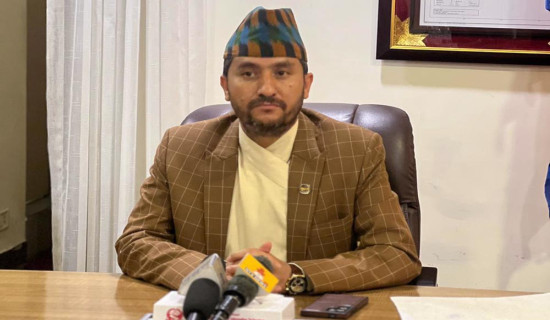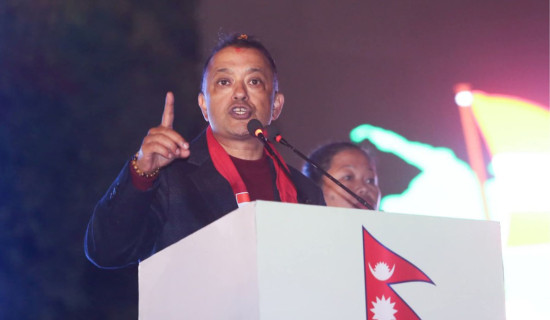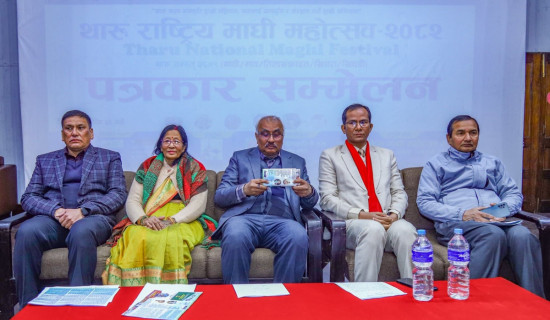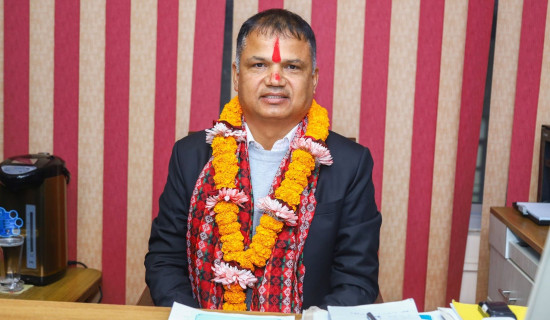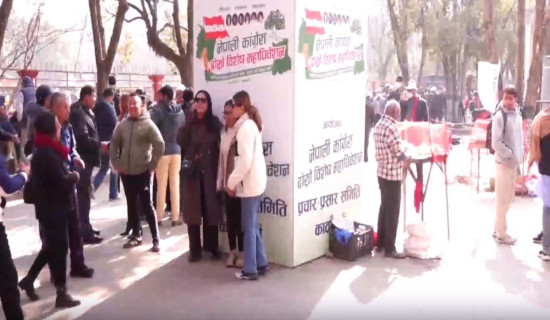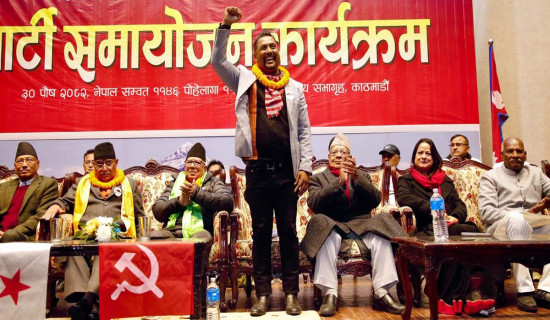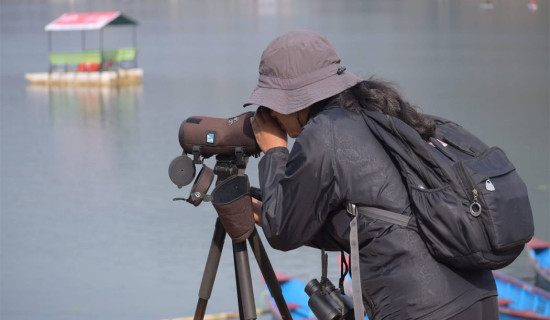- Thursday, 15 January 2026
Dengue spreads to 59 districts, epidemic likely
By
Mahima Devkota, Kathmandu,
Aug. 6: Health officials have taken the spread of dengue to 59 districts in the country as a challenging situation to prevent a dengue epidemic. Dengue has been confirmed in three districts
of the Kathmandu Valley and in the comparatively cold districts such as Jumla and Kalikot.
Dr.
Gokarna Dayal, chief of the Vector Control Section at the Epidemic and Disease Control Division (EDCD), said that there is a mass spread of dengue and cases are continuing to come out. In the previous years, cases of dengue would subside by now, but cases have persisted till this time also. It seems cases will persist for three and half months more.
This year, dengue has spread to 59 districts and a total of 604 cases
have been observed so far, in eight months. Last year, the total number of dengue cases was 500. "
He said, "When cases have already spread to 59 districts then it signals a challenge
to mitigate scattered cases. There is a report of death cases in suspicion of dengue, but we have yet to verify as dengue does not cause any particular disease due to which confirming death from dengue is difficult."
With 396 dengue cases, July outnumbered all the other months this year so far. Likewise, the majority of cases were observed in six districts, Rupandehi-123
cases, Kathmandu -61 cases, Dhading -55 cases, Lalitpur -49 cases, Sindhuli -29 cases, and Bardiya- 21 cases.
Distrcts
with less than five number of cases are Sankhuwasabha, Okhaldhunga, Bhojpur, Khotang,
Illam, Jhapa, Morang, Sunsari, Siraha, Saptari, Dhanusha, Rautahat, Bara,
Parsa, Kavre, Makwanpur, Ramechhap, Kaski, Lamjung, Syanga, Pyuthan, Rupandehi,
Dang, Banke, Bardiya, Dailekh, Kailali, Kanchanpur, Jumla, Kalikot.
Dr. Sher
Bahadur Pun, chief of the Clinical Research Unit at Sukraraj Tropical and
Infectious Disease Hospital in Teku, said, Nepal dealt with the dengue
epidemic in the year 2019. That year, dengue started in Dharan and spread to 68
districts across the country. This year also cases are already spread to 59
districts of the country, and more than four months of dengue season is there, which
gives room for further spread to other districts.
At least
six people had died and over 16,000 people were hospitalized in the year 2019.
This was
the first time in the history of Nepal that dengue got spread over almost all
geographical regions and stayed for a long time. Even though it was predicted
that it might turn into an epidemic, we failed to stop the spread of dengue.
Dr. Samir
Mani Dixit, a public health expert, said that mosquitos grow in stagnant water,
especially water collected in discarded drums, vehicle tires, and discarded
bags. Therefore, there is a need to be aware of it.
The main
symptoms of dengue are fever, headache, eye pain, joint and muscle pain, nausea
or vomiting, and small lumps on the body. The way to remain safe from
mosquitoes is to use mosquito nets in the evening.
24 to 48
hours of fever reduction is important. During this time, patients may have
severe symptoms such as severe abdominal pain, nausea, and vomiting, bleeding
from the nose or vomiting blood from the nose, vomiting or blood in stool,
fatigue, restlessness, and increased liver size.
Dr. Dayal, Vector Control Section chief under EDCD, said that in order to curb the spread of dengue cases this year, EDCD has been implementing a 'search and destroy' of mosquitos larva. However, he
pointed out that it is difficult to contain larva when cases are scattered.
He said, "Budget has been allocated to 109 rural municipalities for containing the dengue cases. Along with this, EDCD will provide necessary resources and technical assistance as and when consulted and needed."

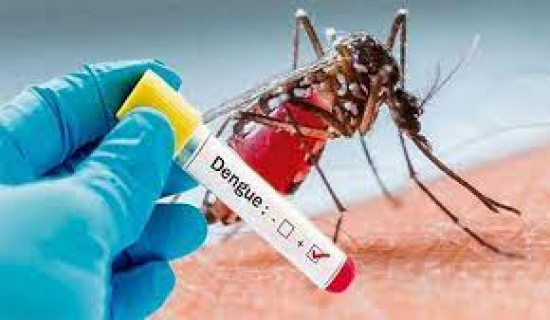



-square-thumb.jpg)




